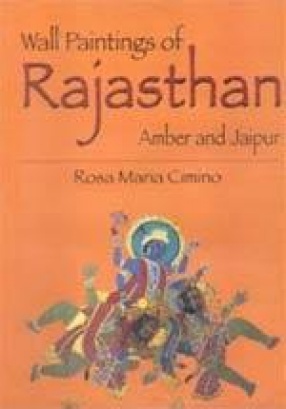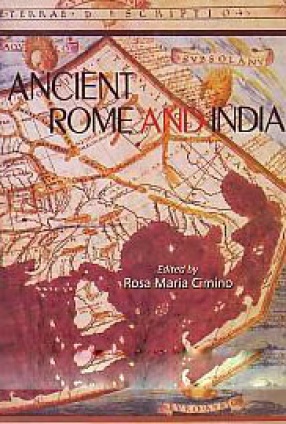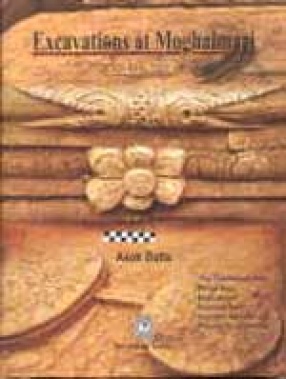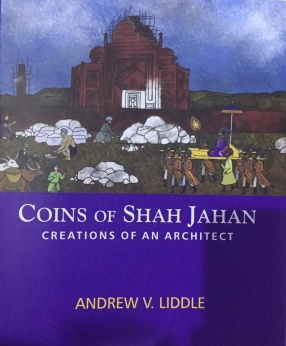Wall painting as an art genre enjoyed great popularity in India starting in the 2nd century B.C., but attaining its pinnacle only in the 6th century A.D., with the spending paintings of Ajanta and then others. In the 16-17th centuries they underwent a vigorous revival and played an important role in the decoration of the royal palaces, in the homes of the noble and rich, in temples and cenotaphs. Unfortunately the inveterate Indian custom of periodically ‘renovating’ the decoration of homes and temples by repainting them or drastically erasing parts of them, is leading to the destruction of important works of art from the past. The aim of the present book is also to document the serious damage caused to this Indian artistic heritage. The research, which covered more than 40 monuments, most of which unpublished or else published only in learned journals, aimed at tracing their stylistic and iconographic evolution. In particular, it sheds some light on the changes produced by contact with Mughal art, which had a strong influence on the so-called ‘provincial art’. Treatment is given also to those elements of western origin – in particular the conception of space – initially ‘mediated’ by Mughal art, but then absorbed directly from the printed matter or paintings brought by travellers, missionaries or political functionaries. In tracing this evolution the author deemed it essential to make comparisons with contemporary miniatures. The various artistic periods, which are usually dominated by the personality of famous and illuminated kings, are introduced by historical notes. The subjects depicted in the wall paintings, as well as in the miniatures, draw their inspiration not only from religious mythology but also from ‘lay’ Literature, often on the subject of love, or from legends whose heroes and heroines have become bywords in popular lore. Contacts with the Mughal empire resulted in the introduction of new themes, this time based on the habits and customs of the kings and nobles and, to a lesser extent, of the people. The often detailed description the author has given of the paintings brings the reader into contact with the world of Indian culture and society, which is thus ‘narrated’ directly and immediately. This also enables the non-specialist reader to enjoy the works presented, which depict a joyful and legendary world that no longer exists but is directly attested in the wall paintings, and of course, in the miniatures.
Ancient Rome and India
$94.50
$105.00






There are no reviews yet.